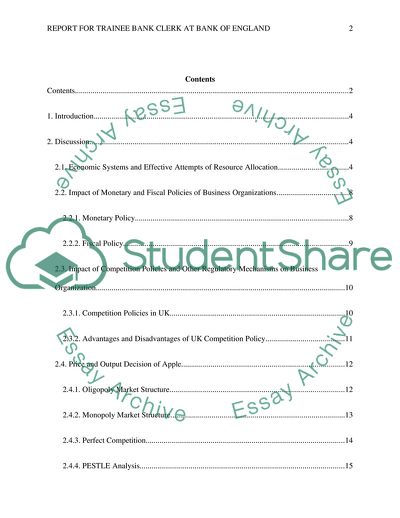Cite this document
(Business Essay Example | Topics and Well Written Essays - 2750 words - 3, n.d.)
Business Essay Example | Topics and Well Written Essays - 2750 words - 3. https://studentshare.org/macro-microeconomics/1859714-business
Business Essay Example | Topics and Well Written Essays - 2750 words - 3. https://studentshare.org/macro-microeconomics/1859714-business
(Business Essay Example | Topics and Well Written Essays - 2750 Words - 3)
Business Essay Example | Topics and Well Written Essays - 2750 Words - 3. https://studentshare.org/macro-microeconomics/1859714-business.
Business Essay Example | Topics and Well Written Essays - 2750 Words - 3. https://studentshare.org/macro-microeconomics/1859714-business.
“Business Essay Example | Topics and Well Written Essays - 2750 Words - 3”. https://studentshare.org/macro-microeconomics/1859714-business.


